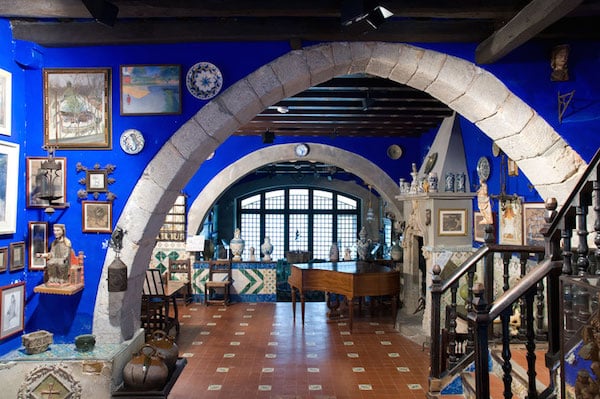Art & Exhibitions
Spain’s Cau Ferrat Museum Reopens After €9.7 Million Facelift

Photo via: Museus de Sitges

Lorena Muñoz-Alonso

Cau Ferrat, a small-sized but important museum in the Catalan coastal town of Sitges, has reopened its doors after a €9.7 million restoration which took four years to be completed, El País reports.
The museum was initially the house, studio, and workshop of painter and collector Santiago Rusiñol, one of the most important Catalan modernists and Pablo Picasso’s close friend.
The museum showcases over a thousand artworks, glass, iron, and ceramic pieces amassed by Rusiñol during his lifetime. They trace the history of Catalan art from the 10th to the 20th century. Rusiñol established himself in Sitges in 1892, and the recent painstaking renovations have returned the museum to its original state, down to every small detail.
The Cau Ferrat collection includes works by major Spanish artists, including Picasso, Ramón Casas, Ignacio Zuloaga, Darío de Regoyos, Manolo Hugué, Pau Gargalló, and Enric Clarasó, as well as 28 works by Rusiñol himself.
The inaugural exhibition also features two paintings by El Greco, The Tears of St. Peter (1580-89) and Penitent Magdalene (1590), which Rusiñol purchased in Paris circa 1894. The Catalan artist was a true champion of El Greco’s work, at a time when the Greek Old Master had sunk into relative obscurity. Rusiñol’s strong support was key in galvanizing the influence that El Greco would go on to have on Spanish Modern painters.
The re-opening of the Cau Ferrat museum is part of a larger plan—which includes the re-launch of the Museo de Maricel and the art collection Arte de la Vila—that seeks to put the town of Sitges, long-overshadowed by the cultural offerings of Barcelona, firmly in the art map.